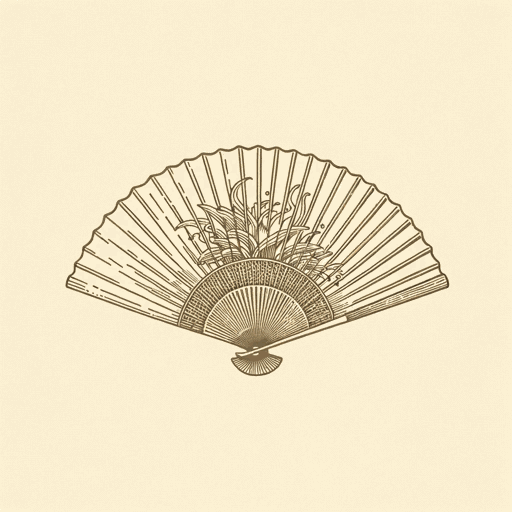82 pages • 2 hours read
Murasaki ShikibuThe Tale Of Genji
Fiction | Novel | Adult | Published in 1008A modern alternative to SparkNotes and CliffsNotes, SuperSummary offers high-quality Study Guides with detailed chapter summaries and analysis of major themes, characters, and more. For select classroom titles, we also provide Teaching Guides with discussion and quiz questions to prompt student engagement.
Symbols & Motifs
Natural Environment and Cycles of Life
Even though higher-ranking characters inThe Tale of Genjiare not immersed in the natural world often, there is still much plot information about characters and observations about life in the book that frequently involve comparisons to the natural world. The storylines feature much Heian period celebration of nature, seasonal changes, and lunar cycles. Flowers,trees, leaves, dew, and similar imagery are regularly referenced as ways to make better sense of what it means to be alive.
As was customary for the time, many women characters were not referred to by given names (just as their real-life counterparts were not recorded in genealogy). Throughout The Tale of Genji, specifically, many women are named for their places of residence, which are often connected to their husbands, or their names in their storylines are references to an identifying characteristic they share with their story. Some examples of women with names from the natural world are as follows, but these are only a few: Fujitsubo (called so after wisteria, the purple flower, and her residence of Wisteria Court); Murasaki (the purple color of a plant used for dye, and because she resembles Fujitsubo); and 







